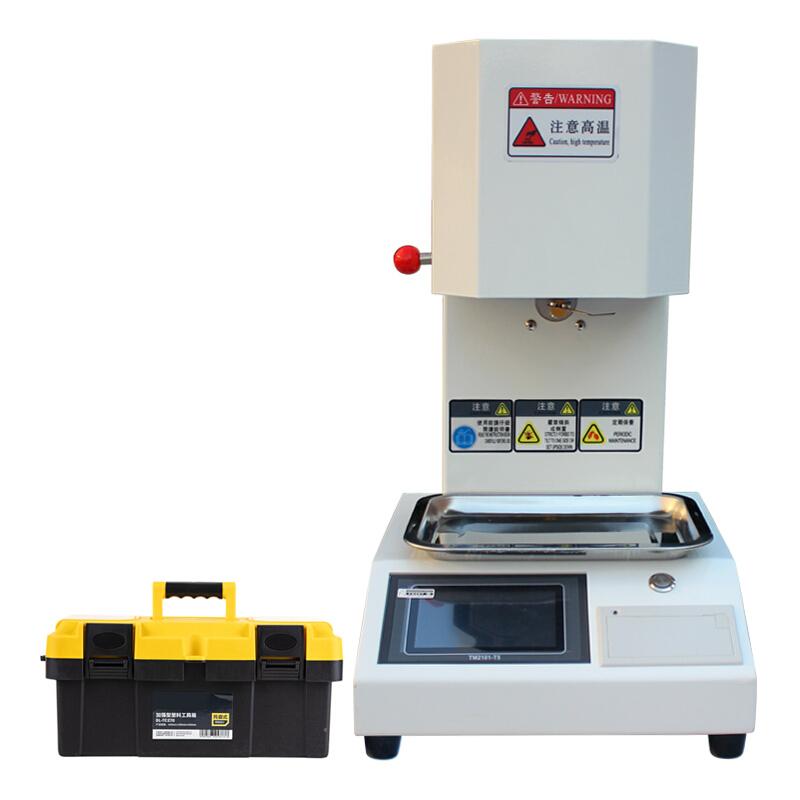Method for determination of melt flow rate of thermoplastic resins
Melt flow rate (MFR) and melt volume flow rate (MVR) of thermoplastic resins are widely used to characterize the fluidity and processability of plastic materials. These two indexes are of great significance for the application and performance evaluation of thermoplastic resins. The methods, instruments and procedures for determining the flow rate of thermoplastic resin melt are described in detail in the following sections.
Determination range and description of melt flow rate
Melt flow rate is the scale of flow during the melting of thermoplastic resin. In general, the larger the value, the better the flow of melt. However, as fluidity increases, properties such as tensile and impact strength of the material may decrease. This index does not apply to thermoplastic melts affected by hydrolysis, polycondensation or crosslinking. The melt mass flow rate and melt volume flow rate of thermoplastic resins are widely specified and recognized in ASTM and JIS standards, among which ISO standards also provide relevant determination methods.
Instruments and materials
The measurement of melt flow rate requires an extrusion plasticizer, whose basic structure includes cylinder, piston and temperature control system. The length and inner diameter of the barrel are within a specific range, and the size and load of the piston need to meet the standard requirements. In addition, the temperature control system should be able to ensure the effective control of temperature during the test to ensure the accuracy of the test.
Method for determination of melt flow rate of thermoplastic resins

Determination method and procedure
According to the determination needs, there are two different methods A and B. Method A requires that the mass of the extrude be measured and the average mass calculated at specific time intervals to derive the melt mass flow rate (MFR). Method B calculates the melt volume flow rate (MVR) by measuring the distance and time the piston moves. Before conducting the test, the instrument needs to be cleaned, and the temperature is constant and the sample is loaded evenly.
Method for determination of melt flow rate of thermoplastic resins
Method A
Preheat the equipment and load the sample (about 3~8g) before loading.
The load is applied and extruded at a set time, the extrude quality is recorded, and the extrude is cut off and collected at regular intervals for subsequent measurement.
Calculate the value of the melt mass Flow rate (MFR) in g/10min.
Method B
The melt volume flow rate (MVR), measured in cm3/10min, is calculated by measuring the distance and time it takes the piston to move under specified conditions.
Both of these methods emphasize accuracy and standardization of operation, and require precise control of measurement time, distance and other details to ensure the reliability and repeatability of the measurement results.
The melt flow rate measurement method of thermoplastic resin is an important means to evaluate the processing property and fluidity of materials, and has guiding significance for the research and production of powder coatings, acrylic resins, PE, PP and other materials. The accuracy and standardization of these determination methods are of great significance for the quality assurance of thermoplastic resins in different application fields.
